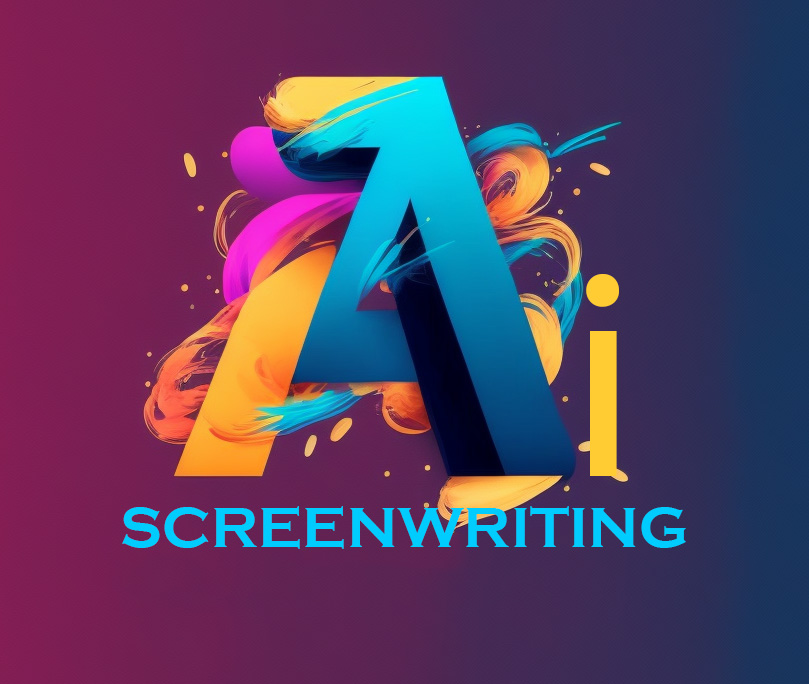
When it comes to crafting compelling movie scripts, having the right tools can make all the difference. Screenwriting software is designed specifically to streamline the writing process, help maintain industry-standard formatting, and enhance productivity for writers of all levels. Whether you’re a seasoned professional or an aspiring screenwriter, choosing the best screenwriting software will help you focus on storytelling without worrying about formatting technicalities.
In this article, we’ll explore the top screenwriting software options that can significantly boost your movie scriptwriting efficiency, providing essential features, ease of use, and flexibility. Let’s dive in!
Why Use Screenwriting Software?
Screenwriting software is essential because it automates the formatting that is unique to scripts, such as dialogue, action lines, scene headings, and transitions. This ensures your screenplay adheres to industry standards, making it easier for producers, directors, and actors to read and understand your story.
Beyond formatting, screenwriting software offers features like:
- Script outlining and storyboarding
- Collaboration tools for co-writers
- Revision tracking
- Export to multiple formats (PDF, Final Draft, Fountain, etc.)
- Integration with production schedules and character development apps
These capabilities save time, reduce errors, and help writers stay organized throughout the creative process.
Top Screenwriting Software to Consider
Here’s a curated list of some of the best screenwriting software tools available today, each with unique strengths to enhance your scriptwriting process.
1. Final Draft
Final Draft is widely regarded as the industry standard for screenwriting software. It is used by many professional writers and studios worldwide.
Key Features:
- Intuitive interface with auto-formatting for screenplay elements
- Collaboration tools via Final Draft Connect
- Beat board for outlining and story planning
- Templates for TV, film, stage plays, and more
- Robust revision tracking
Final Draft’s rich features and reliability make it ideal for those who want professional-grade software tailored specifically for screenwriting.
2. Celtx
Celtx is a cloud-based solution offering comprehensive pre-production features along with screenplay writing.
Key Features:
- Real-time collaboration with team members
- Script formatting and storyboarding tools
- Production scheduling and budgeting
- Mobile app availability
- Affordable subscription model
Celtx is great for writers who need an all-in-one platform that supports not only writing but also managing production tasks.
3. WriterDuet
WriterDuet emphasizes collaboration, making it perfect for screenwriters working remotely with partners or teams.
Key Features:
- Real-time collaborative editing and chat
- Version history and offline mode
- Import/export multiple file types including Final Draft
- Interactive outlining and note-taking
- Intuitive and user-friendly interface
This software is a great fit if multiple people need to work on a screenplay simultaneously.

4. Scrivener
While not dedicated solely to screenwriting, Scrivener is a powerful writing tool that many screenwriters use due to its flexibility.
Key Features:
- Customizable templates including screenplay format
- Corkboard and outlining features for plotting
- Research folder for storing notes and references
- Seamless organization of scenes, acts, and draft sections
- Export to Final Draft and PDF formats
Scrivener caters well to writers who want more control over their process and prefer mixing scriptwriting with long-form story development.
5. Fade In
Fade In is a professional screenwriting software that offers essential features at an affordable price.
Key Features:
- Industry-standard formatting with easy navigation
- Support for multiple languages
- Collaboration capabilities
- Comprehensive character and scene management
- Cross-platform compatibility
Fade In is excellent for new writers seeking a fully-featured but budget-friendly alternative to high-cost competitors.
How to Choose the Right Screenwriting Software for You
Selecting the best screenwriting software depends on your specific needs and workflow preferences. Consider the following factors when making your choice:
- Budget: Do you prefer a one-time purchase or a subscription model?
- Collaboration: Will you be writing independently or need to work with others?
- Features: Do you require advanced outlining, production management, or pure writing tools?
- Platform: Which devices and operating systems do you use?
- Learning curve: How important is an intuitive interface versus extensive customization?
Evaluating these will help you find software that truly enhances your movie scriptwriting efficiency.
Benefits of Using Screenwriting Software
Utilizing screenwriting software transforms the way you write scripts with several tangible benefits:
- Consistency: Ensures professional formatting every time, saving you time and hassle.
- Speed: Tools like autocomplete, templates, and shortcuts speed up your writing process.
- Creativity: Helps you organize ideas and plot points clearly through outlining and storyboarding features.
- Collaboration: Allows seamless sharing and co-writing, making revisions easy.
- Organization: Keeps your drafts, notes, research, and revisions all in one place for efficient access.
By using dedicated software, you free your mind to focus on storytelling rather than technical details.
FAQ about Screenwriting Software
What is the best screenwriting software for beginners?
Answer: For beginners, Celtx and Fade In offer an intuitive interface and affordable plans, making them excellent choices to start writing scripts efficiently without overwhelming complexity.
Can I collaborate with others using screenwriting software?
Answer: Yes, many screenwriting software options like WriterDuet and Celtx provide real-time collaboration features that allow multiple writers to work on the same script simultaneously from different locations.
Is screenwriting software necessary for scriptwriting?
Answer: While not absolutely required, screenwriting software greatly simplifies formatting and organizing your script according to industry standards and enhances the overall writing and revision process, making it highly recommended.
Final Thoughts
Choosing the right screenwriting software can profoundly impact your ability to create engaging and well-formatted movie scripts efficiently. Whether you prioritize robust features, collaboration tools, or a user-friendly experience, there’s an option that fits your unique needs.
For a solid professional standard, Final Draft remains the top choice, but affordable and collaborative tools like Celtx and WriterDuet are gaining strong traction, especially in modern workflows. Meanwhile, flexible software like Scrivener is a solid alternative for writers blending different manuscript styles.
Invest in good screenwriting software today to streamline your creative process and bring your movie ideas to life faster. Don’t let formatting slow you down—choose a tool designed to support your vision from the first draft to the final screenplay.
For more insights on professional screenwriting tools and techniques, visit The Black List to learn from industry experts (source).
Ready to elevate your screenplay writing? Explore these top screenwriting software tools and find your perfect match. Start writing smarter and faster today!






